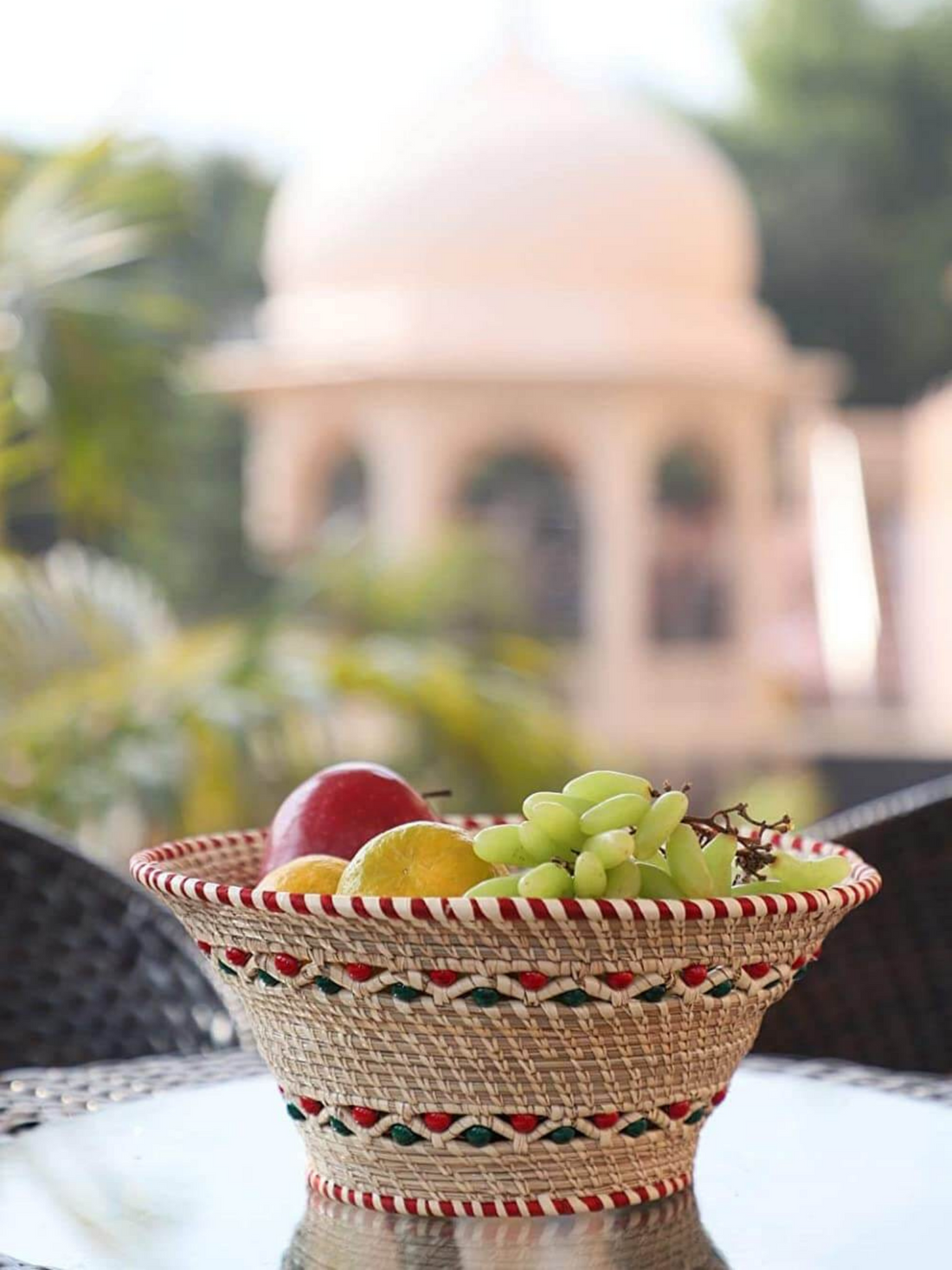
Updates
Cultural Stories Woven in Thread: Embroidery Traditions Around the World
Cultural Stories Woven in Thread: Embroidery Traditions Around the World
Embroidery, the art of decorating fabric with needle and thread, is a universal expression of cultural identity and storytelling. Across continents and centuries, this intricate craft has woven the tales, traditions, and values of communities into tangible art forms. Let's journey through the rich tapestry of embroidery traditions around the world, exploring how these stitches have narrated the histories and cultures of diverse societies.
Origins and History of Embroidery
The roots of embroidery trace back to ancient civilizations, where the necessity of mending and reinforcing cloth evolved into decorative artistry. Early examples have been discovered worldwide, with notable findings in China dating to the Warring States period (5th–3rd century BC). As societies progressed, so did traditional embroidery techniques, reflecting the technological advancements and aesthetic preferences of their times.
Embroidery Traditions Across Different Cultures
Chinese Embroidery
In China, silk embroidery flourished, symbolizing wealth and status. Techniques like Suzhou embroidery are renowned for their precision and beauty, often depicting nature-inspired motifs such as flowers, birds, and landscapes.
European Embroidery
Europe's embroidery heritage is rich and varied. During the medieval period, ecclesiastical embroidery adorned church vestments and altar cloths, showcasing intricate designs and goldwork. The Renaissance and Baroque eras introduced more elaborate patterns, reflecting the opulence of the times.
Middle Eastern Embroidery
Middle Eastern embroidery is characterized by geometric patterns and vibrant colors. In regions like Palestine, traditional embroidery, known as tatreez, serves as a cultural identifier, with specific motifs representing different villages and social statuses.
African Embroidery
African embroidery varies across the continent, with each region showcasing unique styles. For instance, in West Africa, the agbada robes feature intricate needlework that signifies the wearer's status and heritage.
History of Embroidery in India: A Tapestry of Diversity
India’s embroidery traditions are as diverse as its culture, with each region offering distinct styles that reflect local history and beliefs.
Chikankari from Uttar Pradesh
Chikankari, originating from Lucknow, is a delicate form of hand embroidery heritage believed to have been introduced by Nur Jahan, the wife of Mughal Emperor Jahangir. This technique involves creating intricate patterns on fine fabrics like muslin, using white thread to produce motifs inspired by nature, such as flowers and vines.
Phulkari from Punjab
Phulkari, meaning 'flower work', is a vibrant folk embroidery pattern from Punjab. Traditionally crafted by women for special occasions like weddings, Phulkari embroidery features geometric patterns and floral motifs embroidered with silk threads on coarse cotton fabric, symbolizing prosperity and happiness.
Kantha from West Bengal
Kantha embroidery, prevalent in West Bengal and Bangladesh, transforms old sarees and dhotis into quilts and shawls. Artisans stitch simple running patterns across layers of fabric, often depicting stories from daily life, folklore, and mythology, making each piece a unique cultural embroidery.
Zardozi Embroidery
Zardozi embroidery, derived from Persian words 'zar' (gold) and 'dozi' (work), is a form of metal embroidery that gained prominence during the Mughal era. This luxurious technique uses gold and silver threads to create elaborate designs on fabrics like silk and velvet, often embellished with pearls and precious stones, reflecting royal patronage and grandeur.
Embroidery as a Medium of Cultural Expression
Beyond aesthetics, embroidery serves as a medium for cultural expression, reflecting societal values, beliefs, and identities. In many cultures, embroidered garments play a vital role in rituals and ceremonies, symbolizing rites of passage, marital status, or community affiliation. The choice of motifs, colors, and traditional embroidery techniques often carries deep meanings, passed down through generations.
Contemporary Revival and Global Influence
In recent years, there has been a resurgence of interest in traditional embroidery techniques. Contemporary designers are incorporating these age-old methods into modern fashion, creating a fusion of old and new that appeals to global audiences. This revival not only celebrates cultural embroidery but also provides economic opportunities for artisans, ensuring the preservation of these folk embroidery patterns.
Efforts by organizations and communities worldwide aim to document and promote traditional needlework, recognizing its artistic and cultural significance. Exhibitions, workshops, and collaborations have brought these intricate needlework forms to the forefront, allowing a new generation to appreciate and engage with this rich embroidery heritage.
Conclusion
Embroidery, with its intricate stitches and patterns, continues to be a testament to human creativity and cultural diversity. As we unravel the threads of these embroidery traditions around the world, we gain insight into the histories, stories, and identities of communities across continents. By valuing and supporting hand embroidery heritage, we ensure that these cultural narratives remain vibrant and enduring for future generations.






